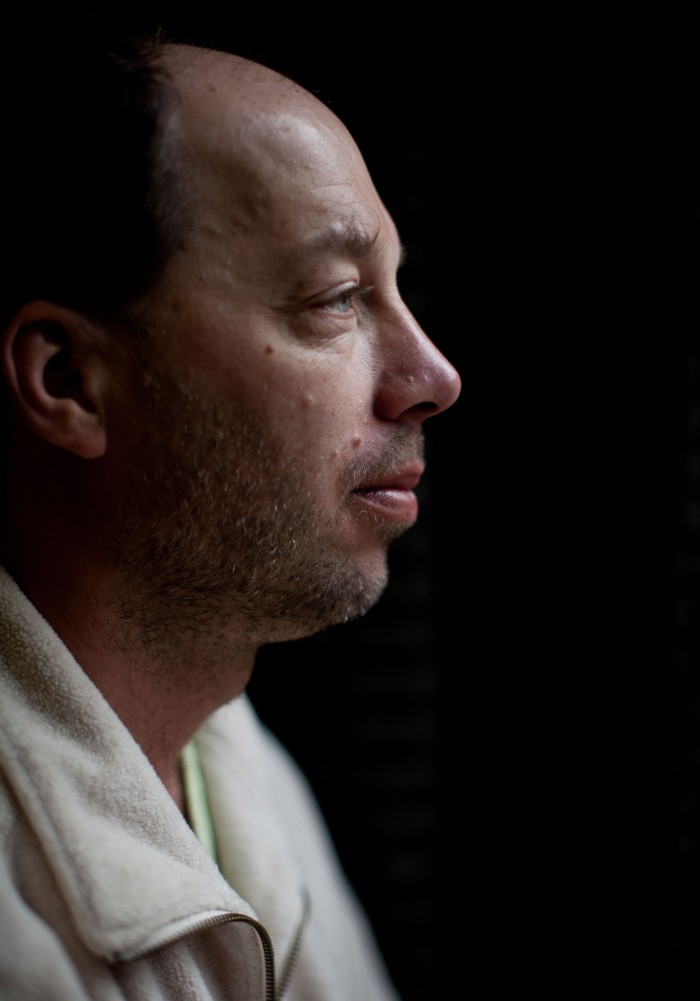Mark Zuckerberg Is Funding a Facebook for Human Cells
Stephen Quake’s laboratory at Stanford University looks like biology’s version of Thomas Edison’s famous New Jersey workshop. Roll-down curtains cast shadows across odd devices buzzing and clicking in the aisles. You half expect to find Quake, author of 135 patents and rarely seen wearing anything other than a faded polo shirt, sleeping on one of the benches, just as the Wizard of Menlo Park was known to.
In September, Quake was named co-president of the BioHub, a new $600 million center funded by Facebook billionaire Mark Zuckerberg. BioHub has as its premier project helping to create a vast directory of human cells, which it calls a “cell atlas.” Quake and BioHub are also part a consortium of researchers around the globe who say mapping the millions of cells in the human body is a feat that could help drugmakers and scientists find new ways to treat disease.

Textbooks say there are about 300 types of cells in the human body, including the ones that carry oxygen in the blood, the long-lived neurons in the brain, and the photoreceptors in the eye that work like a digital camera. But the real number is probably far larger—perhaps 10,000, says Quake. It’s just that they can’t be distinguished under an ordinary microscope.
What scientists want to do now is to inspect tens of millions of human cells for their molecular signatures and also locate each type in the body. That sort of map could be useful to scientists or drugmakers, who might, for instance, look up which cells a new drug is likely to effect. Cataloging how the immune system changes and adapts to fight tumors could be the source of the next insights for cancer treatments.

The atlas project is possible thanks to inventions by Quake and others that allow researchers to move individual cells around channels on microfluidic chips. These techniques underlie the atlas because scientists can capture cells inside bubbles of oil or water, moving them apart and readying them for one-by-one analysis by genetic sequencers.
“I don’t know if it’s the number one hot area in biology, but it’s close. Everyone and their grandma wants to do this,” says Evan Macosko, a molecular biologist at Harvard University.
One approach ready for massive-scale data production involves detecting which proteins an individual cell is trying to manufacture. The readout, which acts as a molecular fingerprint, has already led to the discovery of new cell types in the retina and brain. A method developed by Macosko and others has helped bring the cost down to only 17 cents per cell.
Relying on that technique, which her lab co-invented, Aviv Regev, a scientist at the Broad Institute, in Cambridge, Massachusetts, this year authored a proposal to donors to catalogue 50 million cells over five years at a cost of $100 million.
Quake says that the BioHub, which will also hand out grants to researchers at Stanford, the University of California, Berkeley, and the University of California, San Francisco, wants to further develop technologies that would let scientists analyze cells—and their molecular contents—directly in samples of tissue.

That way, they wouldn’t just produce a census of cell types, but a true map of how the body’s 20 trillion cells fit together. One new chemical technique, for instance, can turn a dead mouse entirely transparent (and therefore visible to microscopes). Another uses the chemical found in diapers to blow tissues up to huge size, again for easier inspection.
Zuckerberg and his wife, Priscilla Chan, have said they plan to give away $3 billion over 10 years to fight disease, something that would make the couple the largest private funders of basic biology research after the Howard Hughes Medical Institute, says Marc Kastner, head of the Science Philanthropy Alliance and an adviser to the 32-year-old billionaire.
With the BioHub, which is his charity’s first science project, Zuckerberg is also set to become the biggest funder of the cell atlas technologies, an idea Kastner says government funding agencies have been slow to embrace.
“BioHub is still very small scale compared to what is needed to make progress,” he says. “It’s going to take an international effort of huge magnitude.”
In fact, there is already a group called the International Human Cell Atlas Consortium, which is developing mapping strategies and hoping to get the National Institutes of Health and European funders like the Wellcome Trust interested. It met for the first time earlier this month in London. Quake is also part of that group, which is led by Regev and Sara Teichmann of Britain’s Sanger Institute.
“It’s starting to take shape,” says Quake. “I think 2017 is going to be a big year for the cell atlas.”
Keep Reading
Most Popular
Large language models can do jaw-dropping things. But nobody knows exactly why.
And that's a problem. Figuring it out is one of the biggest scientific puzzles of our time and a crucial step towards controlling more powerful future models.
How scientists traced a mysterious covid case back to six toilets
When wastewater surveillance turns into a hunt for a single infected individual, the ethics get tricky.
The problem with plug-in hybrids? Their drivers.
Plug-in hybrids are often sold as a transition to EVs, but new data from Europe shows we’re still underestimating the emissions they produce.
Stay connected
Get the latest updates from
MIT Technology Review
Discover special offers, top stories, upcoming events, and more.